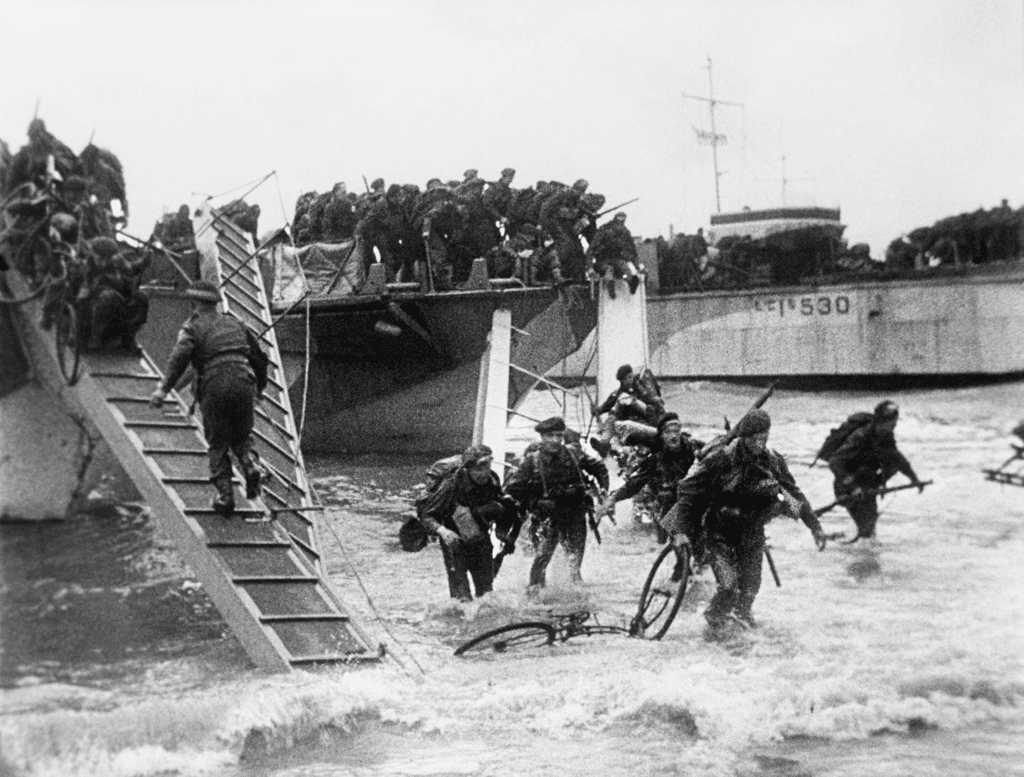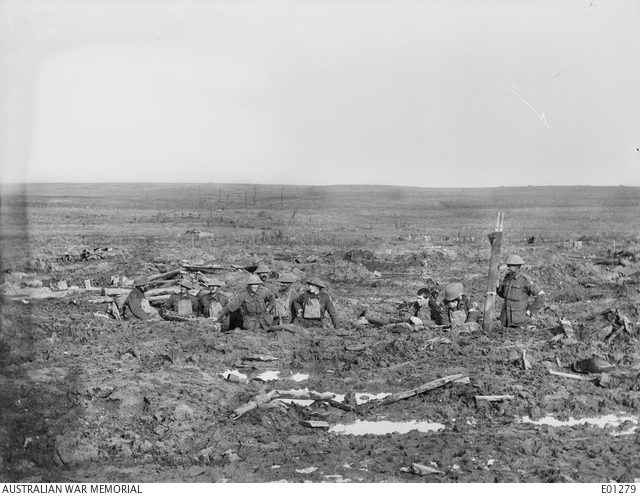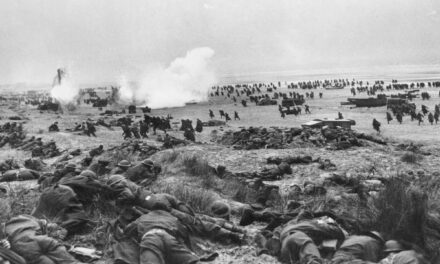
Reading time: 8 minutes
When we hear ‘Jewish’ and ‘World War II’ in the same sentence, our minds often lead directly to the Holocaust. The extent of Jewish resistance to the brutal treatment on their own was limited due to the extent of their persecution by Nazi or Nazi aligned governments. These governments generally had the broad support of the populace, making it hard for small groups of Jews within these societies to fight back. One exception to this were the Jews of Poland, the X Troop commandos were another.
The X Troop commandos had a burning desire to fight back and resist the Nazi’s. This would push the group of young Jewish men to fight fiercely, capturing and interrogating enemy soldiers. The top secret group, formed in 1942 at the direction of Winston Churchill, would fight some of the most gruelling missions of the war, including the Normandy invasion.
This is an incredible story of 84 Jewish men and their dedication, drive and desire to fight against the brutal Nazi regime.
By Madison Greco
Historical Context
1942 was a dire period for the Allies. With the Nazis pushing closer and closer to Moscow everyday, it seemed as though the war in the East had been lost. France had become a German base, the United Kingdom was a regular target of bombings and Nazi troops showed no signs of slowing down in their destruction of the Soviet Union. With the benefit of hindsight we can see that Germany was already in trouble by 1942, as the Russian Winter, mud and strategic space took their toll, this was far from certain at the time.
Winston Churchill, the British Prime Minister, was adamant that without further more aggressive action in Europe, there would be no guarantee of success on the Allies’ part. This included an intensification of the air offensive against Germany, however this on it’s own would not be enough.
Formation of the X Troop

By mobilising Jewish men who had become refugees after their escape from Germany, Austria and Hungary, Churchill gained a force driven by emotion, passion and dedication to the cause; the war was personal to them. Many of the X Troop Commandos had lost family members in concentration camps or to the shootings of the Einstatzgruppen in the ghettoes, and a few had survived the camps themselves. The threat of a world under Adolf Hitler was not something they could ever consider, and X Troop was their way of resisting this.
Some of these men came from as far as Australia or Canada, where German Jews were interned as ‘enemy aliens’, in spite of their persecution by the Nazi regime. This was also the case for some of the Jewish German refugees in Britain. Men were either selected or volunteered for X Troop; following this they would undergo an interview with MI5, the sister intelligence agency of MI6, in which they were briefed on the duties within the troop. Not only were they travelling to the front lines to join the fight against Nazi forces, but would engage in extremely dangerous intelligence operations throughout Europe for the Allies.
The official name for the assembled force was the No. 10 (Inter-Allied) Commando, 3 Troop. However, Winston Churchill would bestow the name X Troop , noting “Because they will be unknown warriors… they must perforce be considered an unknown quantity. Since the algebraic symbol for the unknown is X, let us call them X Troop.”
The secrecy of the group was of utmost importance; particularly due to the fact that the members were all Jewish. If a soldier was caught on the battlefield and was found to be Jewish, he would likely be executed or sent to a concentration camp, precautions were necessary to prevent this. Every member of the group was given 10-15 minutes in the first part of their training to invent a plausible name and backstory for themselves; this would be the name that would be utilised in the field, and a name many of the men would use for the rest of their lives. In addition, the men would have to burn everything that connected them to their Jewish roots; letters from home, books, scripts… the idea was to become totally British, leaving all traces of Judaism behind.
During 1942 and 1943, the men would undergo tough training in Wales and Scotland. They would tackle extreme hikes, live fire exercises, cliff scaling, weapons training, parachuting and more- the preparations had to be intense during the brief time allowed in order to deploy the commandos as soon as possible. In mid 1943 the first X Troop soldiers saw action.
On the Battlefields

Many of the X Troop operations were in support of the Allied invasion of Normandy in occupied France. Before the attacks could begin, espionage operations executed by X Troop Commandos were necessary to gain the necessary intelligence to ensure the success of such a large invasion.
A Hungarian Water Polo Olympian and Jew, Lanyi Gyorgi (nom de guerre George Lane) would play a vital role though his operations in Nazi occupied France. In the weeks prior to D-Day, he would travel throughout France gathering intelligence regarding the military capabilities and geographical feasibility of the attack and a subsequent push into Paris and eventually, to Germany. His information proved crucial. On a latter mission, Gyorgi would be captured, facing a brutal interrogation. However, it was never suspected that the ‘George Lane’ was a Hungarian Jew.
One of Gyorgi’s fellow X Troopers , Hans Ludwig Hajos (nom de guerre Ian Harris) would singlehandedly capture an entire German regiment with armed with nothing more than his Tommy Gun. Towards the end of the war, when Allied troops would cross the Rhine, Hajos fought fiercely, being awarded the Military Medal for his efforts.
The D-Day invasions are perhaps the most well-known battles the secret commandos participated in. One of the most incredible figures of the battle was Manfred Gans (nom de guerre Fred Grey).

Gans was an incredible figure: fighting at the forefront of the D-Day invasion, he would kill, capture and interrogate countless Nazi soldiers on the battlefield. Despite the repeated risks he took, Gans would survive fighting through France, into Holland, Belgium and eventually Germany. Perhaps the most incredible part of the story was during the final days of the war, when he stole a Jeep drove through the apocalyptic hellscape of collapsing Nazi Germany to Theresienstadt concentration camp, where he rescued his own parents.
These stories stand as unforgettable tales of the bravery of the X Troop commandos, however with more than half dying in battle or listed as missing, we may never know the full truth of the contributions of this secret force to the war effort of the Allies.
After The War

Following the war, many surviving X Troop members would struggle with a severe identify crisis; most utilising their nom de guerre and remaining British, they struggled to accept the Jewish part of themselves they had suppressed for so many years. This posed a major internal conflict for survivors, some even claiming that they never told their children that they were Jewish, as it was not something they felt they were anymore.
Leah Garrett, author of ‘The X Troops: Jewish commandos of WWII’ highlights the struggle with identity many survivors faced.
In my conversations, it has become clear that the wounds around identity are still raw for many. One of the commandos I interviewed, ninety-six at the time, insisted that I only refer to him in the book under a pseudonym since he had never told anyone that he was German or that his parents had ”disappeared without a trace” after they had sent him to safety in England. Some relatives of those commandos killed in war still insist that they remain buried under crosses.
Historian Leah Garrett
The remarkable dedication, struggle and efforts of the X Troop should never be forgotten.
Podcast episodes about this topic
Articles you may also like

Adventurous identities: intersex soldiers and cross-dressing women at war
Reading time: 4 minutes
Pulaski is a hero of the struggles for Polish and American independence. He is credited with saving George Washington’s life in battle and with establishing the first American cavalry force. According to the documentary, DNA testing has confirmed a female-appearing skeleton is indeed Pulaski’s. This new evidence is the first hint that Pulaski – who seems to have lived as male from childhood – was anything other than a cisgendered man.

Broodseinde Ridge – Podcast
On the back of the victories of Menin Road and Polygon Wood, the 1st Anzac Corps pushed on towards the dominating feature of Broodseinde Ridge. This time though, they would have the men of the 2nd Anzac Corps fighting alongside them. The Battle would see the Allied troops looking down upon green pastures for the first time in three years, bringing hope that the war may soon be over.

Dive! Australian Submariners at War by Mike Carlton – Book Review
Reading time: 4 minutes
Dive! opens with the best description of the development and implementation of submarine technology and doctrine I have ever read. This could easily be part of a broader history of submarines, Carlton has clearly done broad and extensive research and his writing effortlessly demonstrates his command of the topic.
The text of this article was commissioned by History Guild as part of our work to improve historical literacy. If you would like to reproduce it please get in touch via this form.





